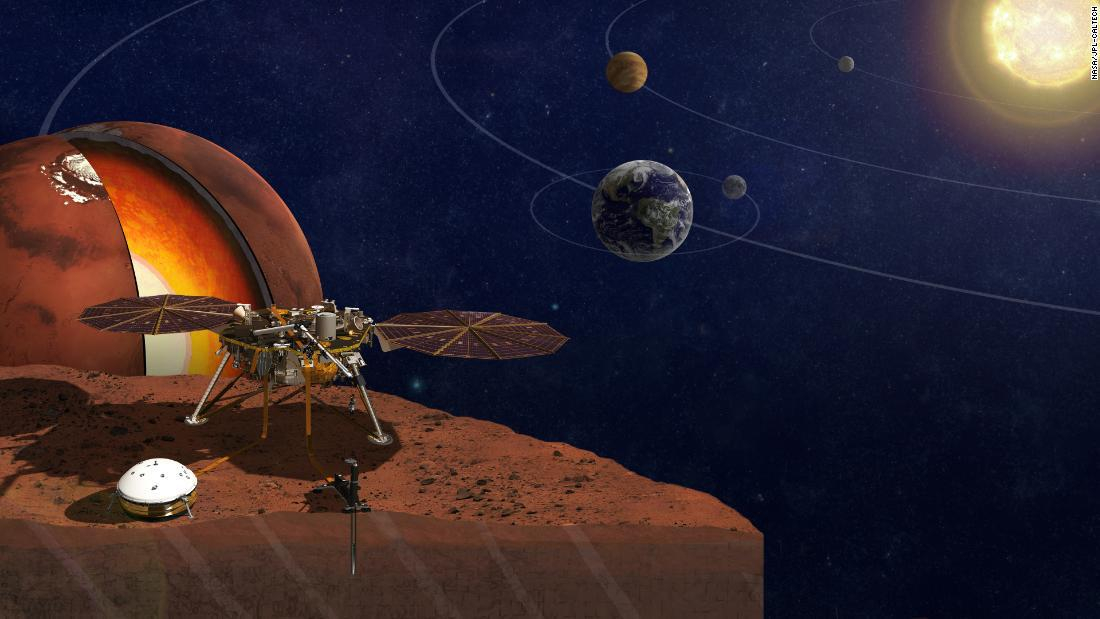The scientists Sandia National Laboratories and Texas A&M UniversityIn the United States, it announced the discovery of a metal capable of self-healing, which could have significant implications for a variety of industries.
As Europa Press explains, it is based on a recently discovered phenomenon A metal’s natural ability to heal itself, especially as it relates to nanoscale “fatigue damage”..
“Fatigue damage” is a common process affecting machinery where repeated stress and motion causes microscopic cracks that, over time, propagate and cause catastrophic failure.
Sandia materials scientist Brad Boyce expressed his astonishment at witnessing how metal particles cracked and snapped back together without human intervention.
This discovery “This challenges basic scientific principles because metals are believed to wear out over time and lack the ability to self-repair,” he said.
A piece of platinum
A self-healing metal was found in a nanoscale platinum Integrated Nanotechnology CenterAnd this process inadvertently occurred during an experiment designed to assess the formation and propagation of cracks in the material.
This amazing breakthrough It can have a huge impact on various areas from electronics to transportation. This inherent self-healing ability of metal for electronic devices with solders, motors and bridges reduces replacement costs, downtime and risks associated with structural failure.
Although scientists in the past have developed self-healing materials such as some types of plastics, the idea of a metal possessing this property was often considered science fiction. However, theory Michael DemkovichThe professor, who worked at Texas A&M, challenged conventional understandings of metallic behavior and was validated by this groundbreaking discovery.
Despite this progress, questions remain to be answered as to whether this self-healing capability can be replicated and applied in a wider manufacturing environment. Nevertheless, the researchers are excited about the possibilities opened up by the discovery and hope it will inspire the scientific community to explore new frontiers in materials design.

:quality(70)/cloudfront-us-east-1.images.arcpublishing.com/metroworldnews/BYOC2VQO2BCVNPO2RDN7ARTU3U.jpg)



